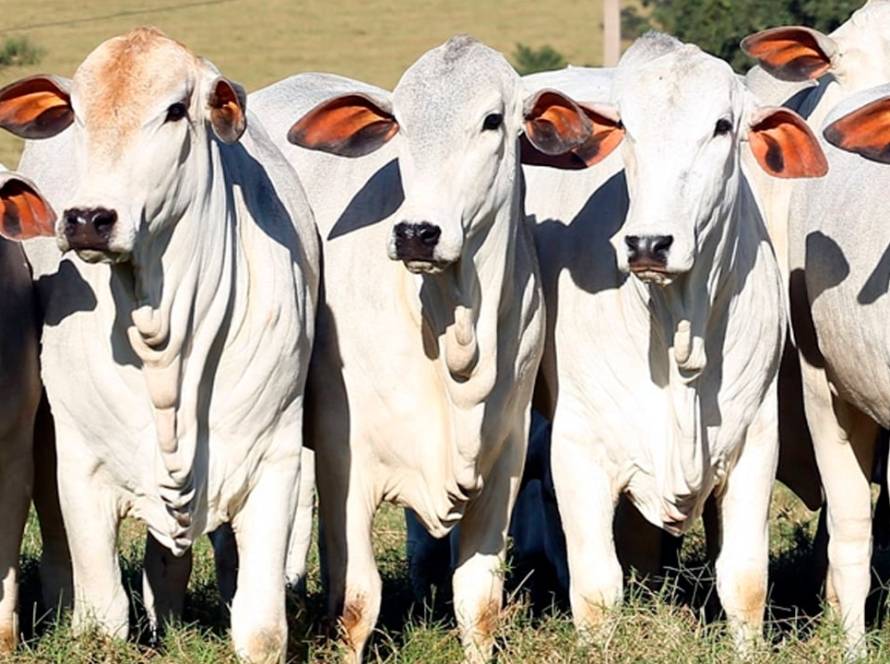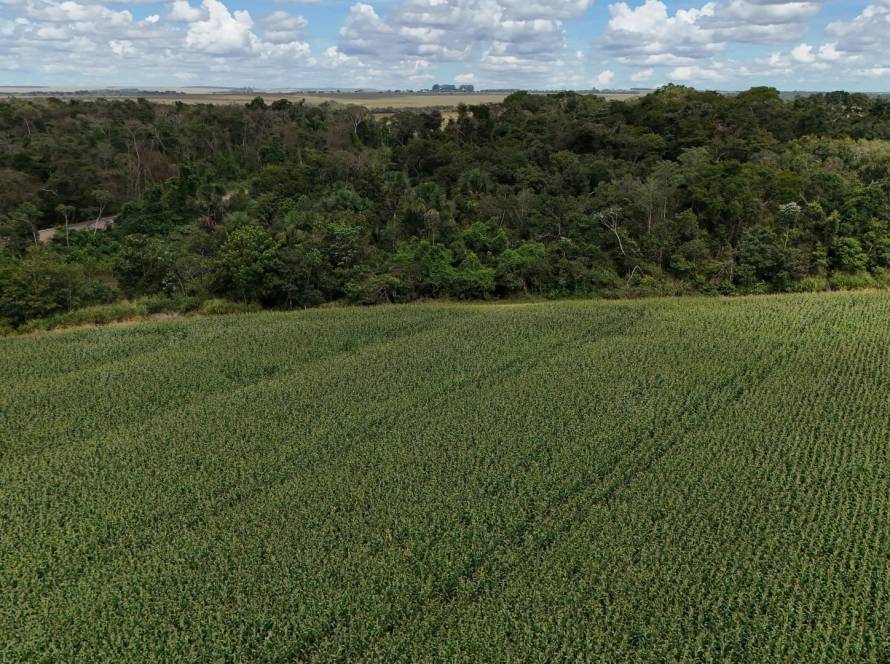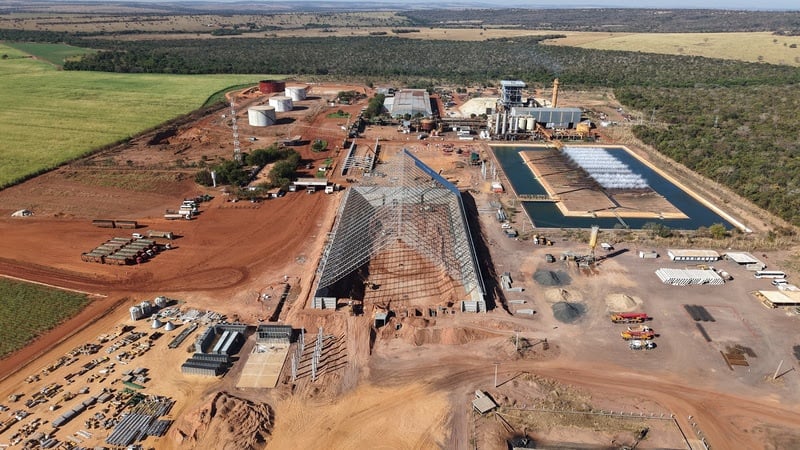A delegation of 22 Australian producers and technicians visited northern Mato Grosso to learn more about the livestock production systems used in the region. The visit was organized by Alltech, a supplier of additives and ingredients for animal nutrition, following an invitation from rural producer Daniel Wolf during a meeting with the group at the University of Florida Research Center in Orlando last year.
“They work with breeding, rearing, confinement, in different production models. When I met them in the United States, I made a point of inviting them to see our reality here, and now we were able to make this visit happen with the support of Alltech, which also organized the entire trip,” explained Daniel Wolf, who is also the director of Fortuna Nutrição Animal.
The delegation visited properties that adopt integrated systems and high levels of technology, including a model farm that works with breeding, rearing, fattening, in addition to integrating cattle production with teak cultivation and crops. “It is a very diversified farm, with industry, hydroelectric power, and a lot of embedded technology. They were very impressed with the level of intensification and management of production data,” he highlighted.
The Australians also visited the Gamada farm, where Fortuna Nutrição Animal is headquartered — a benchmark in innovation in the sector. During the tour, they visited areas for breeding, fattening, Integrated Crop-Livestock-Forestry (ILPF) systems, as well as projects in partnership with Embrapa.
“We showed our average rainfall, which in March was 537 millimeters. For some of them, that is the volume for an entire year. But what really caught their attention was the way we managed the farm data, the culture of care, the care with the machines and structures, and the focus on productivity per hectare, with everything very well monitored,” reported Wolf.
The experience opened doors for a future exchange of knowledge. “They have already invited us to come to Australia to learn about their reality. It was a very enriching exchange, and it is gratifying to see our work recognized by those who work in livestock farming in other parts of the world,” he added.




